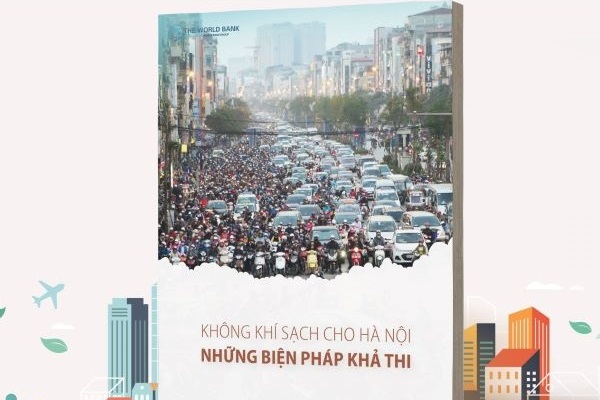Clean air for Hanoi - Possible measures
Air pollution poses a significant challenge in Vietnam, particularly in major cities such as Hanoi and neighboring provinces like Bac Ninh and Hung Yen
Air pollution poses a significant challenge in Vietnam, particularly in major cities such as Hanoi and neighboring provinces like Bac Ninh and Hung Yen. The annual average concentration of PM2.5 in Hanoi exceeds the national standard and the World Health Organization’s (WHO) recommendations. Current policies are insufficient to address this issue effectively. Urgent measures are required to reduce pollution levels and safeguard public health.
Within the context of the World Bank’s
support to assess and identify feasible measures for improving air quality in
Hanoi, RCEE-NIRAS research team conducted a comprehensive inventory of emission
inventory within Hanoi and its surrounding areas. This inventory
included the development of emission scenarios and the formulation of
recommendations for mitigating air pollution.
The research findings revealed that
air pollution in Hanoi is not solely attributable to sources within the city
but also encompasses pollutants originating from other regions and even
international sources. The primary contributors to air pollution include
transportation, industrial activities, residential areas, agriculture, and
waste burning.
To address this air pollution
challenge, the report proposes specific measures in the domains of energy,
waste management, transportation, and agriculture. Concurrently, the report
underscores the paramount importance of intergovernmental coordination, the effective
implementation of policies, and enhanced monitoring, reporting, and
verification of emission reductions.
The comprehensive report is available for download at the following link: https://lnkd.in/gdh9yh6s

 English
English  Tiếng Việt
Tiếng Việt 